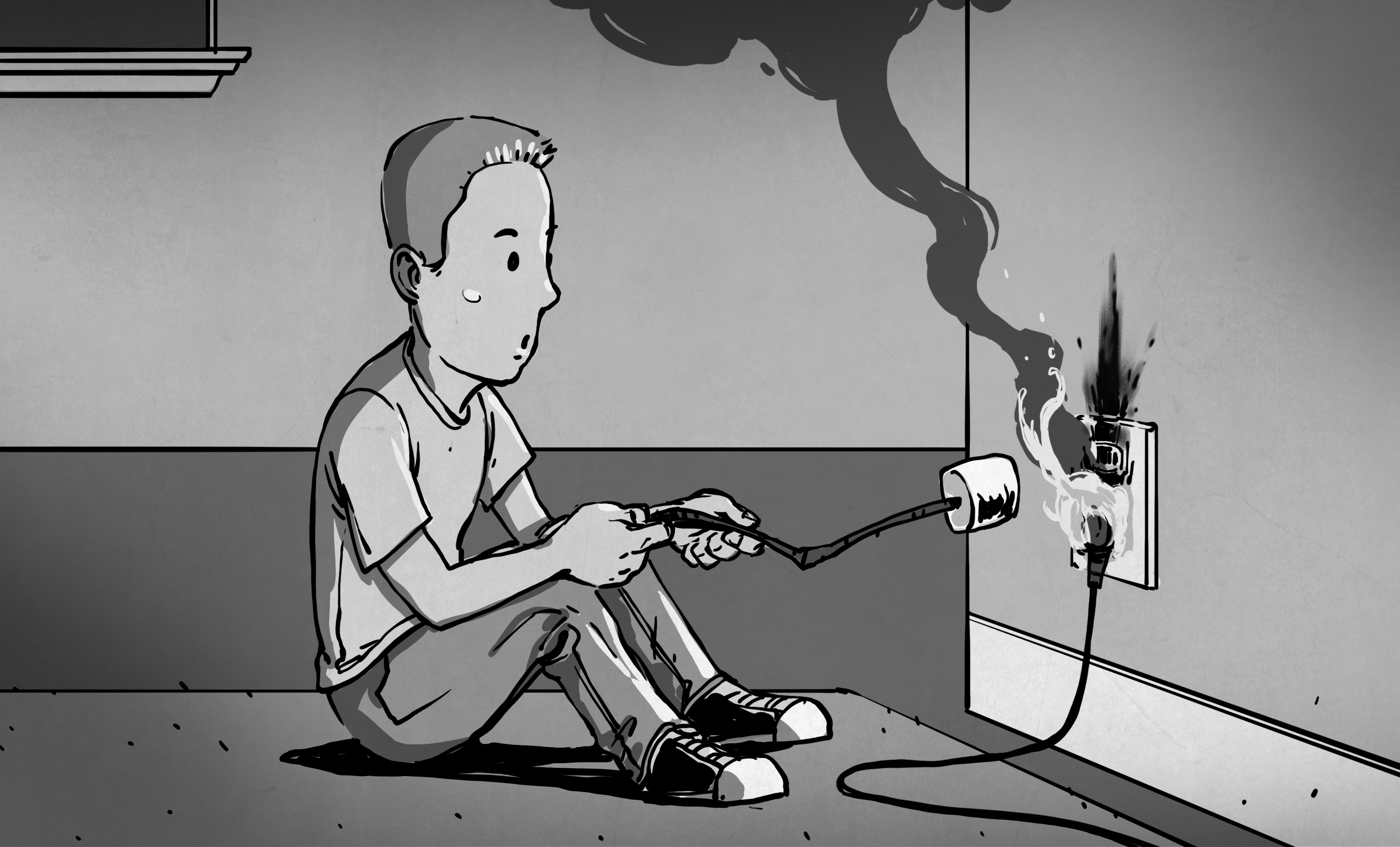Years of experience using PC systems and having to diagnose bushels full of issues that a high number of ended up being faults with the circuitry inside the power strips. Primarily, cheap box store models but also a good number of supposedly premium power strip "surge protectors" that don't actually protect you from anything other than your own fear of what might happen if you actually end up needing a surge protector. A false sense of security.
Most people buy and use power strips because they THINK that the fact it says surge protector means something. Usually, it doesn't. This is one of my favorite quotes on the subject from an electrical engineer and residential/commercial electrical journeyman I know.
Buy a good one, but understand expensive does not equal good.
"Monster" brand are the low end junk that are sold for a premium price. Look for what us professionals use. Tripp-lite is one of my go to absolute favorites as they have a price to quality mix that is exceptional. The Belkin brand is junk as far as I am concerned as they focus on how it looks and not how it works. APC is also another one that I will trust , but they mostly cater to data centers and Corporate.
Lastly, if you really care about your electronics, get a Whole house surge suppressor installed in your electrical panel. Only a few hundred bucks and it protects everything including the overpriced LED lightbulbs that is all the rage these days.
APC, Tripp-Lite, Eaton, Leviton, General Electric, Polyphaser, Ditek, Siemens, ABB, Square D, Intermatic, Cutler-Hammer (Eaton), and Syscom, these are the brands you can trust to have high quality internal electronics if you MUST use a power strip. Do not however use a power strip thinking that it offers significant protection, because even the best of them does not, not really. Whole house protection is the only real protection from surges.
Monster and Belkin, and a few others that are commonly used, almost unilaterally use the same protections in their 45 dollar surge protector strips as what you would find in an 8 dollar Amazon or Walmart branded model. And if you ever take one of these, or any cheap box store, dollar store (Even worse than these others usually BUT occasionally about the same) or Harbor Freight power strip apart you are likely to find frayed wires, poorly soldered connections with blobs of solder nearly touching crucial and potential short circuit points, super low quality MOVs, and a ton of other indicators that no real integrity was involved in the design or manufacturer of these units.
Another factor to keep in mind is that even with some of these high quality units, any protection that MIGHT be afforded, is usually the end of that product after one shot. This, directly from the Tripp-Lite manual for the #1 selling surge protection power strip in the world.
All models feature an internal protection that will disconnect the surge-protective component at the end of its useful life but will maintain power to the load now unprotected.
I believe many models from APC and a couple of the others I listed have now incorporated designs that permanently disengage any ability of the device to deliver power once a surge or short of significant enough caliber to incur the protection has occured. That basically means once there has been a surge or short, throw the device away. Even for high end models. Only whole house protection and properly earthed circuits offer any true protection from a serious surge or direct strike from lightning somewhere close enough to affect your segment of the grid.
And whatever you do, don't EVER buy any kind of extension cord, power strip or other electronic device with slip rings.
A few weeks ago I needed a power strip in my home office. The outlet in question is located behind a filing cabinet so it would need a low profile plug. I jumped on Amazon to buy a surge suppressor…

hackaday.com
Back to the grounding of yourself when building systems. There is a reason for the use of grounding straps and if you have one and have reason to believe that the environment you are working in affords a good chance of repeated static discharges, use it. Otherwise, use common sense and don't walk across the carpet in your socks and then grab your graphics card or motherboard with both hands without discharging yourself on something not likely to be damaged, first.


